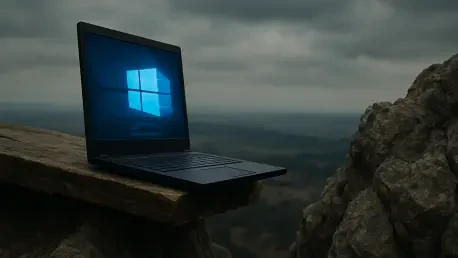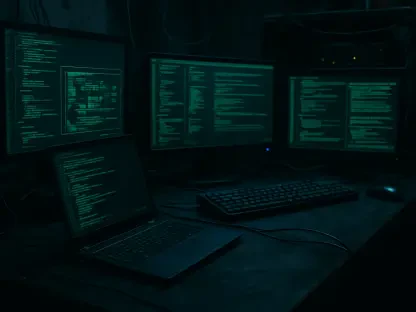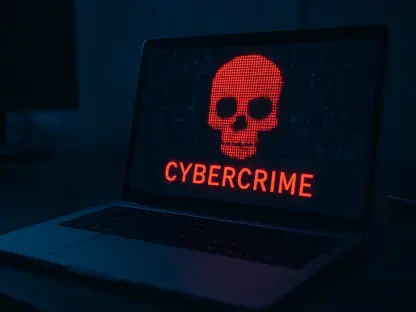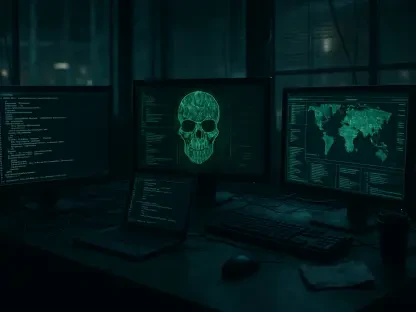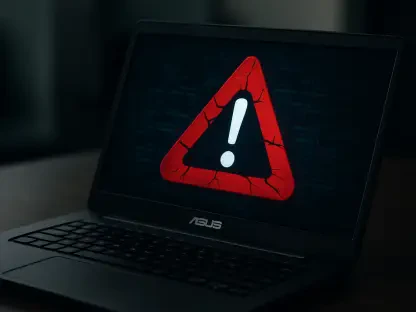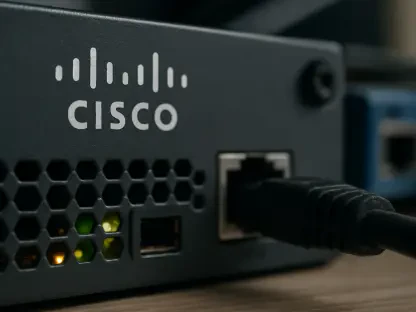Imagine a digital fortress protecting millions of systems worldwide, yet under constant siege by invisible attackers exploiting every crack in its walls, and in October, Microsoft unleashed its largest Patch Tuesday update ever, tackling a staggering 175 Common Vulnerabilities and Exposures (CVEs). This monumental release not only highlights the sheer scale of threats facing modern software ecosystems but also raises pressing questions about the sustainability of securing such vast digital landscapes. As cyber threats grow more sophisticated, this update serves as a critical checkpoint to evaluate Microsoft’s approach to safeguarding users and organizations. This review delves into the features, performance, and broader implications of this historic security patch, offering a clear perspective on its impact.
Key Features of the October Security Update
The October Patch Tuesday update stands out for its unprecedented volume, addressing 175 CVEs, which pushes the total vulnerabilities patched this year to 1,021. This scale reflects Microsoft’s commitment to tackling an ever-expanding attack surface across its diverse product lineup, from operating systems to server software. A significant portion of these patches targets critical flaws, including zero-day exploits already in use by malicious actors, underscoring the urgency of deployment.
Beyond sheer numbers, the update includes patches for high-severity issues that could compromise entire infrastructures if left unaddressed. Microsoft has also taken bold steps, such as removing vulnerable third-party drivers, to prioritize security over functionality in certain cases. This release not only fixes immediate threats but also signals a strategic focus on long-term system integrity amidst growing cyber risks.
Additionally, the update marks a pivotal moment with the end of regular support for widely used products like Windows 10, which still holds a substantial market share. This shift forces users and organizations to confront tough decisions about upgrades or extended support, highlighting the update’s role as both a fix and a catalyst for broader change in security practices.
Performance Analysis: Strengths and Challenges
Critical Zero-Day Fixes and Their Impact
Among the standout elements of this update are the patches for two actively exploited zero-day vulnerabilities. One, identified in the Windows Remote Access Connection Manager, allows attackers to escalate privileges to admin level with alarming ease, posing a direct threat to system control. Microsoft’s swift identification and patching of this flaw demonstrate robust threat detection, though the active exploitation reveals gaps that attackers are quick to leverage.
The second zero-day flaw affects a legacy modem driver, enabling similar privilege escalation risks. In response, Microsoft removed the problematic driver entirely, rendering associated hardware unusable on updated systems. While this decisive action mitigates the threat, it also exposes a performance trade-off, as users face functionality loss in favor of enhanced security, illustrating the complex balancing act in patch management.
High-Severity Vulnerabilities and Infrastructure Risks
Beyond zero-days, the update addresses several high-priority flaws, such as a remote code execution vulnerability in the Windows Server Update Service with a near-perfect severity score. This flaw could allow attackers to hijack patching mechanisms, potentially distributing malicious updates across networks. The patch’s effectiveness in closing this gap is commendable, yet the potential for widespread damage if exploited prior to patching highlights the critical timing of such releases.
Another severe issue lies in the ASP.NET Core framework, where a flaw threatens system confidentiality and integrity, albeit with the caveat of requiring authenticated access for exploitation. This condition offers a slight buffer, but the risk remains significant for organizations with lax access controls. Microsoft’s detailed guidance on applying these patches showcases a proactive stance, though the complexity of implementation across varied environments poses ongoing challenges.
End-of-Life Transitions and Support Gaps
A less discussed but equally impactful aspect of this update is the cessation of routine patches for Windows 10 and other legacy products like Exchange Server 2016. With millions still relying on these systems, the end of support amplifies vulnerability risks as new exploits emerge without corresponding fixes. Microsoft’s push toward newer platforms is evident, yet the transition leaves a performance gap for those unable to upgrade immediately.
The introduction of extended security update programs offers a temporary reprieve for organizations, but at a cost. This approach, while practical, underscores a limitation in ensuring universal protection, as smaller entities or individual users may lack resources for such programs. The update’s performance in securing current systems is strong, but its handling of legacy support reveals a fragmented safety net.
Broader Implications and Real-World Applications
The real-world impact of this update spans from individual users to sprawling enterprise networks, reflecting the pervasive reliance on Microsoft technologies. For everyday users, zero-day exploits in components like remote access services could lead to personal data breaches or system takeovers, emphasizing the need for prompt patching even on personal devices. The update’s reach into daily digital life illustrates its critical role beyond corporate settings.
In organizational contexts, vulnerabilities in core services like server update mechanisms pose existential risks to operational continuity. A single unpatched flaw could cascade into network-wide disruptions, as attackers exploit infrastructure weaknesses. Microsoft’s comprehensive patch coverage addresses these concerns effectively, yet the scale of deployment across diverse IT environments often delays full protection, revealing a persistent application challenge.
Moreover, the end-of-life policies embedded in this update force a reckoning for sectors slow to modernize, such as small businesses or public institutions. The necessity to either invest in extended support or migrate to supported systems introduces financial and logistical hurdles. This update, while technically robust, indirectly pressures users to adapt to Microsoft’s security roadmap, shaping how technology adoption evolves in practice.
Looking Ahead: Challenges and Future Considerations
Reflecting on the October Patch Tuesday update, it is clear that Microsoft delivered a formidable response to an escalating threat landscape by addressing 175 CVEs with precision and urgency. The patches for actively exploited flaws and high-severity risks demonstrated a strong defensive capability, even as trade-offs like driver removals stirred debate over functionality versus safety. The end of support for legacy systems, while strategically sound, exposed lingering gaps for a significant user base.
Moving forward, organizations must prioritize rapid patch deployment and allocate resources for system upgrades to mitigate the risks of unsupported software. Exploring automated patching solutions could streamline future responses, reducing the window of exposure to new threats. For Microsoft, enhancing user education on transition pathways and offering more accessible support options will be key to bridging current divides.
As cyber threats continue to evolve, users and enterprises alike should anticipate even larger updates and prepare for a shifting security paradigm over the next few years, from now through 2027. Investing in proactive vulnerability management and staying aligned with Microsoft’s evolving ecosystem will be essential steps to ensure resilience. This historic update served as a wake-up call, urging all stakeholders to adapt swiftly to safeguard their digital frontiers.
